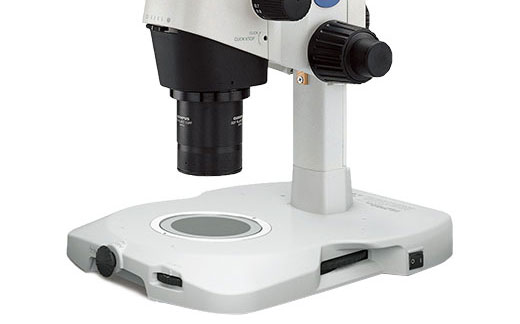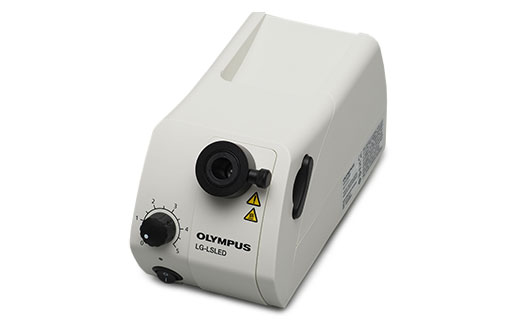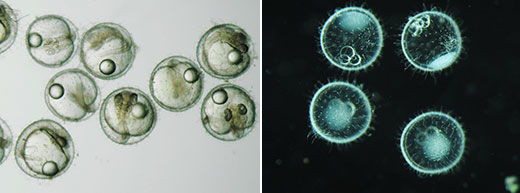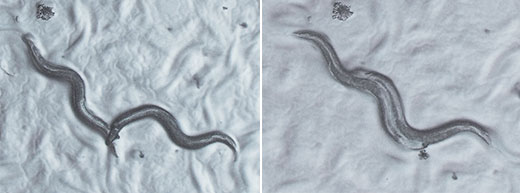News
Base fina de iluminação de luz transmitida por LED com sistema torre opções expandidas de observação e contraste com fonte de luz LED para os microscópios SZX2/SZ2/MVX10
Enhance Imaging with Nine Observation and Contrast Combinations and Improve Color and Brightness
Users of Olympus’ SZX2 and SZ2 series stereo microscopes and the MVX10 fluorescence microscope can expand their observation capabilities thanks to a new slim 41.5mm (1.6 in.)LED transmitted light illumination base. The base contains an easy-to-use turret system that can be loaded with up to four cartridges. Nine cartridges are available, offering different observation methods, including brightfield, darkfield, polarization, and oblique, as well as three levels of contrast (low, standard, or high) for the brightfield and oblique illumination. This improves the flexibility of SZX2/SZ2/MVX10 microscopes, enabling users to observe a wider variety of samples and broaden the scope of their observation tasks.
For reflected light illumination, the new LED light source for our light guides offers improved brightness over halogen illumination. The LED lamps in both the transmitted light illumination base and the light guide light source provide several advantages:
Easy to maintain: With an average life span of 60,000 hours, these LED lamps last longer than halogen bulbs.
Reduced operating costs: Power consumption of LED lamps is about half that of halogen light sources.
Low running temperatures: The low heat dissipation from the LED lights in both the slim base and light source unit make them well-suited for long-term observation of live samples.
Color stability: LED light maintains its color even when users adjust the brightness or zoom.
Slim LED transmitted light illumination base with turret |
Light guide LED light source |
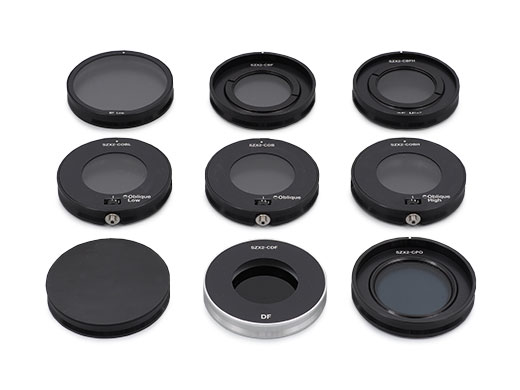
| Observation Methods and Contrasts | Cartridge |
|---|---|
| Polarization plate | SZX2-CPO |
| Brightfield, low-contrast | SZX2-CBFL |
| Brightfield, standard | SZX2-CBF |
| Brightfield, high-contrast | SZX2-CBFH |
| Oblique, low-contrast | SZX2-COBL |
| Oblique, standard | SZX2-COB |
| Oblique, high-contrast | SZX2-COBH |
| Shade plate | SZX2-CSH |
| Darkfield | SZX2-CDF |
| Polarization plate | SZX2-CPO |
Nine different cartridges can be selected to vary the observation method and contrast
Comparison of images of medaka eggs |
Comparison of observational images of nematodes |
Not Available in Your Country
Sorry, this page is not
available in your country.
